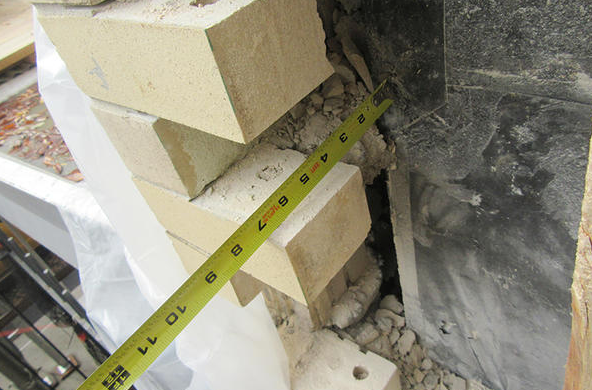When it comes to regulations of facade inspection, are they projected to be even more expensive in the future? All signs are pointing to yes.
December of 2015: a condominium with 35 stories has bricks work loose. Hundreds crash to the ground on East 64th Street. No one was hurt, and the accident was blamed on multiple factors including a defect in construction.
Unfortunately, such trying episodes may just prove to be one of the greatest challenges that co-op and condo boards are up against. Mandated inspection followed by a repair of the facades that need it is required for every 5 years for buildings that consist of 6 or more stories.
The Department of Buildings, or D.O.B., is pursuing a campaign that will likely help the process to improve. This first came about because of the mandates set forth in 1980 under Local Law 10 that came about when a student at Columbia was struck by masonry as it fell above her on Broadway. It became “Local Law 11” and then became the FISP (“Facade Inspection Safety Program”).

The advisory committee for the D.O.B. is currently focusing on “Cycle 9” and some proposed changes. The cycle will begin in February in 2020. They include:
Probes that will verify while documenting the wall anchors located in cavity wall facades.
These may be required not only in Cycle 9 but every decade after it. Cavity walls are walls that have space between the ‘structural walls’ and brick skin, held together thanks to metal anchors. The probes will ensure there are anchors in place enough to prevent a facade collapse and ensure anchors are spaced appropriately and that they’re considered to be in good condition.
Required number of close-up inspections may go up.
One revision may be that hands-on inspections are done at 60-foot intervals or less. These would be done on facades located over a public egress. This will affect larger buildings or those with rear-yard public egress.
Exterior wall inspectors would have at least 3 years regarding relevant experience.
They currently must have 1 year when it comes to relevant experience, a large change that would be a significant improvement for safety standards.
Potential time frame regarding resolution of unsafe conditions, a 5 year period maximum.
A date for when building owners will resolve the conditions that are unsafe will be set and they’ll sign a document that agrees to resolution by this date.
Civil penalties may accrue, increasing annually, with rates set on sidewalk shed length.
This would be over unsafe conditions and is a move to get buildings to comply with safety regulations and concerns.
D.O.B. inspections performed prior to a granting of requests for extensions.
Buildings are compelled to follow up on their intentions and comply with regulations as a result.
Boards may have to display their (FISP) condition certificate.
This would include descriptions of safe, unsafe, or ‘safe with repair’. Placed in a lobby, it would be like a grade.
All of these proposals will help to make buildings safer. They’ll also make boards spend their money if they want to save their money. It’ll increase inspection cost, but will also decrease costs for general repair and maintenance since more conditions can be caught early.
Photo Re-shared from Sullivan Engineering
